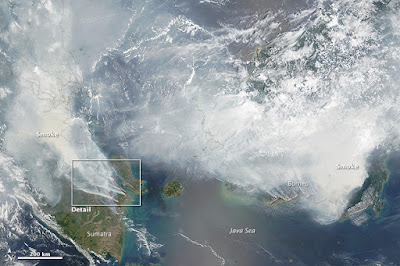Parts of northern Somalia and areas along the Juba and Shabelle River basins in Somalia and in the Ethiopian Highlands have experienced heavy rains following the start of the Deyr rains earlier this month. The Deyr is a season of short rains that usually runs from October to December.
Somalia Water and Land Information Management (SWALIM) say that “heavy rains are expected to continue in the Ethiopian highlands, Hiraan, Middle Shabelle, Galgaduud and Mudug regions over the coming days. Other areas that may record moderate rains include parts of Lower Shabelle, Bakool and Bay regions”.
The UN Office for the Coordination of Humanitarian Affairs (OCHA) report that initial assessments suggest around 60,000 people have been affected by flooding across 6 regions of the country; Banadir region (5,000), Bay region (12,000), Lower Juba region (6,000), Middle Shabelle region (28,000), Gedo region (1,800) and Mudug region (10,000).
 Areas affected by floods in Somalia, October 2015. Image: OCHA
Areas affected by floods in Somalia, October 2015. Image: OCHAEl Niño Expected to Increase Flood Risk
OCHA say that, while flooding is recurrent during this time of the year in low-lying areas of Somalia, El Niño conditions have intensified in 2015 and are likely to lead to a wetter than normal Deyr season in parts of the country.
SWALIM suggest that floods triggered by El Niño could affect up to 900,000 people along Somalia’s rivers.

 Floods in Guarujá, Porto Alegre. Photo: Ricardo Giusti/ PMPA
Floods in Guarujá, Porto Alegre. Photo: Ricardo Giusti/ PMPA Floods in Guarujá, Porto Alegre. Photo: Ricardo Giusti/ PMPA
Floods in Guarujá, Porto Alegre. Photo: Ricardo Giusti/ PMPA

You need to be a member of Earth Changes and the Pole Shift to add comments!
Join Earth Changes and the Pole Shift